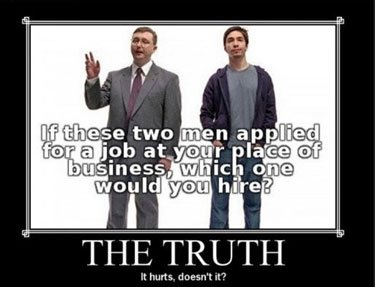Jason Stewart (a self-described Apple addict) does not have much good to say about the current (incredibly expensive) MacBook Pro.
As Dan Ackerman at CNet noted, the Retina Mac “feels like a rest stop on the road to somewhere else,†a place where we truly get thin, light and beautiful. Already, the Samsung Series 9 is smaller and lighter. And many of the rest of the radical changes are more marketing hype than features. The asymmetrical fan blades that were going to revolutionize quiet laptop cooling? If you try real hard, you might hear a trivial difference. What about the “All Flash Architecture� In other words, whereas before you had a choice between a fast, but ridiculously expensive SSD drive, or a cheaper, larger capacity conventional hard drive, now you can only have the SSD drive. Only Apple could successfully market that limitation as a revolutionary feature.
Of course, if you need to connect an Ethernet cable you better shell out extra for a dongle and hope you can find it when you need it. Need to watch a movie on disc or load a program or content the old fashioned way? Apple has just the extra accessory to sell you for that, too, since it is no longer included.
The new MacBook Pro with Retina display is a nice computer. The screen is innovative at a cost of both dollars and features. Whether it’s worth the substantial premium (more than $4,000, fully loaded) is a personal decision. Apple has never been accused of catering to the wish lists of the masses, and this is no exception. It has staked its claim on a new display standard and if that means trade-offs, take it or leave it.
———————————-
Meanwhile, Harry McCracken contends that the Mac world and the PC world are already very different and may soon becoming even more so.
When I sat down to review Apple’s new Retina-display MacBook Pro, I instinctively wanted to compare it with similar Windows laptops. I wanted to discuss how the specs stacked up and whether the price seemed fair. I hoped to contrast its industrial design with those of its closest counterparts.
Then it dawned on me: there are no similar Windows laptops. …
while Apple remains the most influential computer maker in the business, the rest of the industry has chosen to ignore some of its design innovations. When it started sealing up its portables a few years ago — eliminating the ability to easily swap in batteries, RAM and hard drives — I thought that other hardware makers might follow along. For the most part, they haven’t. …
[I]f Microsoft has its way, PCs and Macs are about to get more different than they’ve been in decades. For all of the interesting things about the new MacBook Pro, it’s a straightforward notebook computer based on a form factor that’s been around for 30 years. Apple seems to be content to let Macs be Macs, while the iPad goes places that computing devices never have before.
With Windows 8, however, Microsoft is trying to reinvent the PC from scratch. The Metro interface has little to do with the basic concepts that Windows 7 and OS X share, and it’s conceivable that a bunch of long-standing form factors that have never quite worked, such as touchscreen PCs and laptops that convert into tablets, will finally take off. If they do, and Apple doesn’t push the Mac in the same direction, the average Windows PC could end up having very little in common with any Mac.






Please Leave a Comment!